The tech we need to build a colony on Titan
Humans could fly on Saturn's largest moon – it's getting there that's the problem
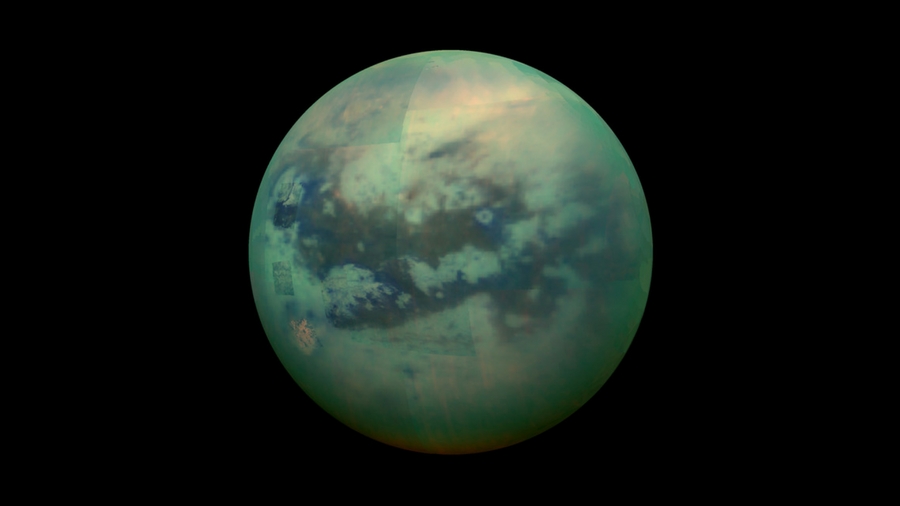
You could fly on Titan, just by flapping your arms. So what are we waiting for? Let's move to Saturn's largest moon!
The solar system’s second-largest moon has an atmosphere, it has weather, seasons, it has water and lakes, there are plentiful energy resources and, well, there's that flying thing. Living in 14% gravity would be fun. What's not to like?
"It's the most Earth-like place in the solar system," says Amanda Hendrix, a planetary scientist who worked for 12 years at NASA’s Jet Propulsion Laboratory and co-wrote the recent book Beyond Earth: Our Path To A New Home In The Planets.
"The number one reason why Titan is exciting is that it has an atmosphere that provides one and a half times the surface pressure that we feel on Earth – there's no other moon or planet in the solar system that gives us such a nice atmosphere," says Hendrix.
What that means is that humans wouldn't have to wear pressure suits like on our Moon, or on Mars. Scientists also recently found traces of chemicals in Titan's atmosphere that could be building blocks for life.
However, there are a lot of things about setting up a colony on Titan that would require technology – and a rather huge amount of it.
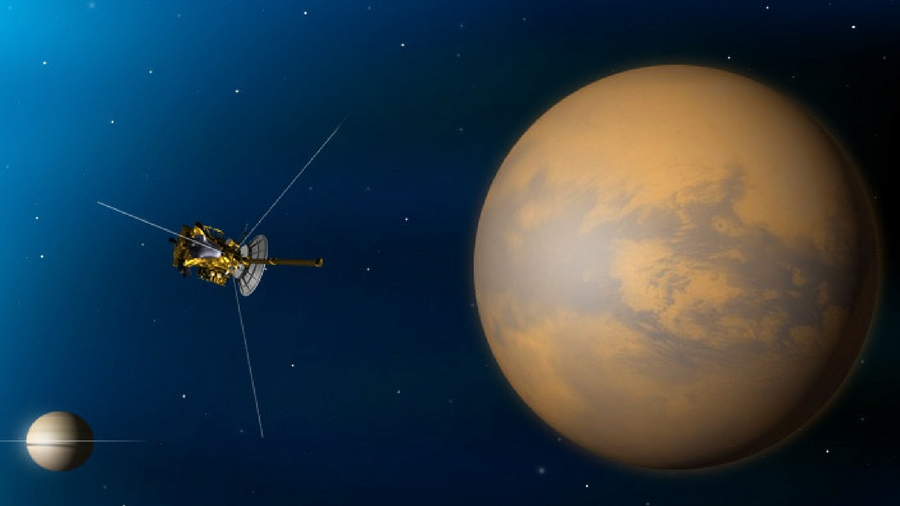
Getting to Titan
Let's begin with the really tricky bit: Titan is a heck of a long way from Earth, about 900 million miles. Mars, by contrast, is a mere 35 million miles away.
Sign up for breaking news, reviews, opinion, top tech deals, and more.
"Getting to Titan is the number one challenge," says Hendrix. "You cannot expect people to travel for seven years."
Er, no. Six years and nine months is how long the nuclear-powered (and soon-to-die) Cassini probe took to get to the Saturn System. "A long trip would expose the travellers to huge amounts of cosmic radiation," says Valentin Canales, co-founder and technical director at B2Space. That could cause acute radiation sickness and cancer later in life.
"Titan has a considerable gravitational force and atmosphere, so if we want to come back to Earth, we would need to take a very big rocket," Valentin adds.
This is starting to look like a very long one-way trip. There is, however, one technology that could cut the journey time down to just a year: the physics-defying EmDrive uses a cavity filled with resonating microwaves to create propulsion without emissions.
So what if it breaks the basic law of conservation of momentum? "There are a lot of naysayers, but it's probably the only option we have right now," says Hendrix. "It's a huge technological problem that we need people to work on now."
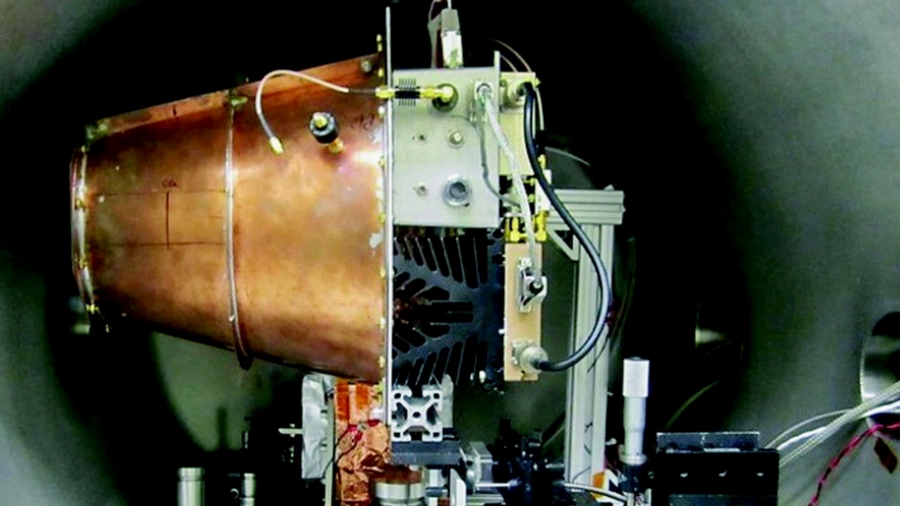
Getting around Titan
Now the fun part. Gravity on Titan is just 14% of the Earth's (for comparison, it's 16.6% on our Moon, where astronauts fell over a lot), which suggests some novel transport options.
"It's a very buoyant atmosphere – you could fly on Titan using just muscle power, with wings attached on your arms," says Dr Chris North of the School of Physics and Astronomy at Cardiff University.
You could even fly a Cessna light aircraft on Titan – and if flying over Titan's valleys, dunes and drainage channels doesn't appeal, boats could easily be floated on its liquid ethane and methane lakes, seas and rivers.
Building a colony
Only one probe has landed on Titan – in 2006 a probe called Huygens descended onto a dry riverbed among water ice rocks – and it seems certain that robots will get to Titan before any colonial fleet of humans.
"We could send a fleet of smart robots to use the in-situ resources to begin constructing buildings, and start setting-up factories," says Hendrix.
If you're wondering what the colony would be built of, that's easy: plastics. Titan's surface is covered in hydrocarbons. "You would want to quickly set up a factory to produce plastics from the local resources so you can make habitats," adds Hendrix.
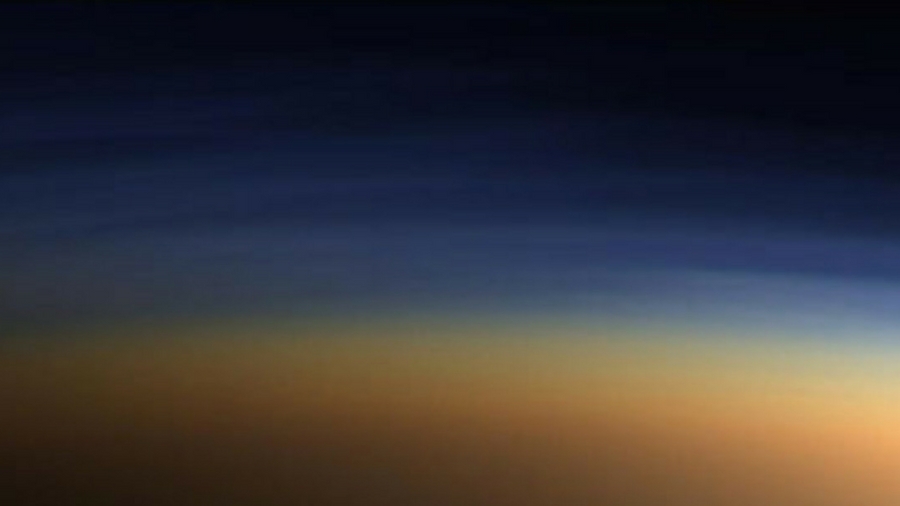
Phoning home
Want to have a quick chat with loved ones? Nope. Forget it. "Even though electromagnetic waves travel at the speed of light, the distance to Earth is so great that it would take more than an hour to reach it, so there would be a lag between questions and answers," says Canales.
"And if when Titan is facing away from the Earth, it's in the shadow for communications – maybe we could deploy a network of satellites." That actually wouldn’t be difficult – the Cassini space probe successfully relayed to Earth data transmitted from the surface of Titan by Huygens.
Surviving on Titan
The technological challenges don't end with merely getting to Titan. Arriving colonists may want to take a thorough understanding of the concept of peak layering, because the average surface temperature is a crisp -180°C/-292 °F.
That's going to demand some pretty seriously warm clothing beyond anything we have on Earth today.
Oh, and we need to talk about Titan's atmosphere. "There are only three bodies in the solar system with thick atmosphere: Earth, Venus and Titan," says North. All good so far. "But it's not a very nice atmosphere – it's 95% nitrogen, which isn't hugely different to Earth, which has 78% nitrogen, but there's a lot of carbon dioxide and methane. So it's not breathable."
However, humans would only need to wear a simple oxygen mask, as Titan lacks readily available oxygen, and there's water ice just below the surface that can not only be used for drinking, but also for electrolysing to produce oxygen for breathing. Job done.
The oxygen produced for breathing would also be needed to help combust hydrocarbons to produce energy, which would be critical to life in more ways than one.
"To grow anything on Titan you would need a heated environment, some sort of breathable air, and soil," says North, who mentions the human waste farm from The Martian.
"Once you've got plants growing you could, in principle, create a self-sustaining ecosystem, but you would also need a light source."

Solar and wind power
Ah yes, light. Or rather the lack of it. Titan is 10 times further from the Sun than Earth, so surely a poor candidate for solar power production.
"The solar radiation at the cloud-tops is about a tenth of what it is at Earth, and only about 1% of that gets to the surface through the thick, hazy nitrogen atmosphere," says North, who adds that colonists would need to send balloons into the upper atmosphere to collect significant solar power.
Hendrix, who recently published a paper entitled Energy Options for Future Humans on Titan, thinks solar panels on the surface could still be an option.
According to her calculations, if you had the population of the US living on Titan you would need to cover about 10% of its surface with solar panels to produce the same amount of energy the US currently consumes.
Wind power could also be a possibility, up there among Titan's methane clouds. "The wind speed at high altitudes is much higher than on the surface, so one idea that I like is having wind-borne energy stations, perhaps tens of kilometres up, that could be tethered to the surface," Hendrix says. "You could produce hundreds of megawatts of energy using such a technique."
Balloons could also be useful for communications, much like Google's Project Loon.
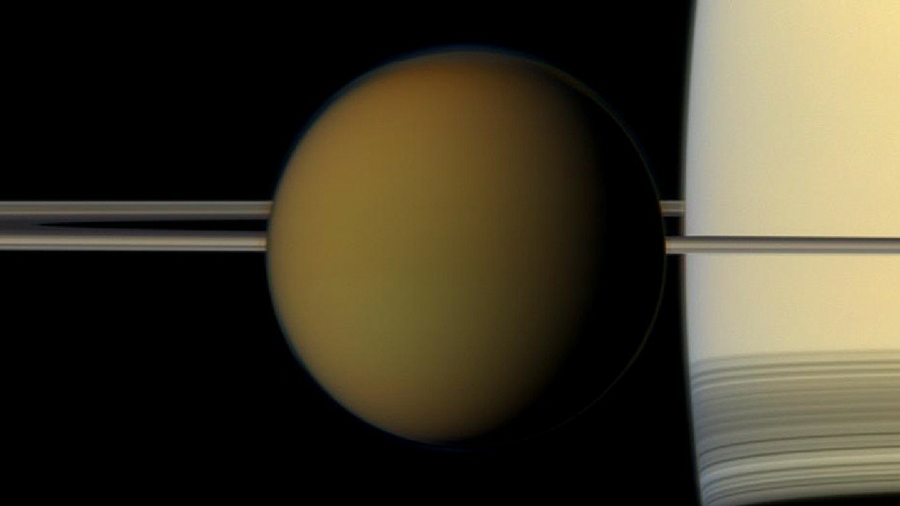
Building dams
Hydroelectric turbines could also be used to produce electricity. "Titan has lakes and seas, and we could consider accessing hydro power from them by building a dam just like we do here on Earth," says Hendrix – noting, however, that the lower gravity means the technique wouldn't be as efficient as on Earth. Or we could build a waterfall.
"We could consider engineering a decent drop out of a lake so that liquid drops over," says Hendrix – although there's a snag here too, as most of Titan's lakes and seas are at a lower elevation than the surrounding terrain.
There's a lot we don't know about Titan, but it has been extensively mapped and its upper atmosphere visited, most recently by Cassini.
"It's the most Earth-like place in the solar system," says Hendrix, who's hoping for more missions. "There's a lot of interest in Titan, and a lot of science questions to still to address, so I'm sure we'll be going back again. We need to."
So when could we feasibly colonize Titan? It’s hard to say, but there was a 66 year gap between the Wright Brothers and the Apollo 11 moon landing, and another 66 years takes us to 2035 – the year NASA is targeting for a manned mission to Mars. Another 66 years gets us to 2101 for the next major expedition – and what a fine way to begin the 22nd century. Titan22, anyone?
Main image credit: Nasa
This article was brought to you in association with Vodafone

Jamie is a freelance tech, travel and space journalist based in the UK. He’s been writing regularly for Techradar since it was launched in 2008 and also writes regularly for Forbes, The Telegraph, the South China Morning Post, Sky & Telescope and the Sky At Night magazine as well as other Future titles T3, Digital Camera World, All About Space and Space.com. He also edits two of his own websites, TravGear.com and WhenIsTheNextEclipse.com that reflect his obsession with travel gear and solar eclipse travel. He is the author of A Stargazing Program For Beginners (Springer, 2015),